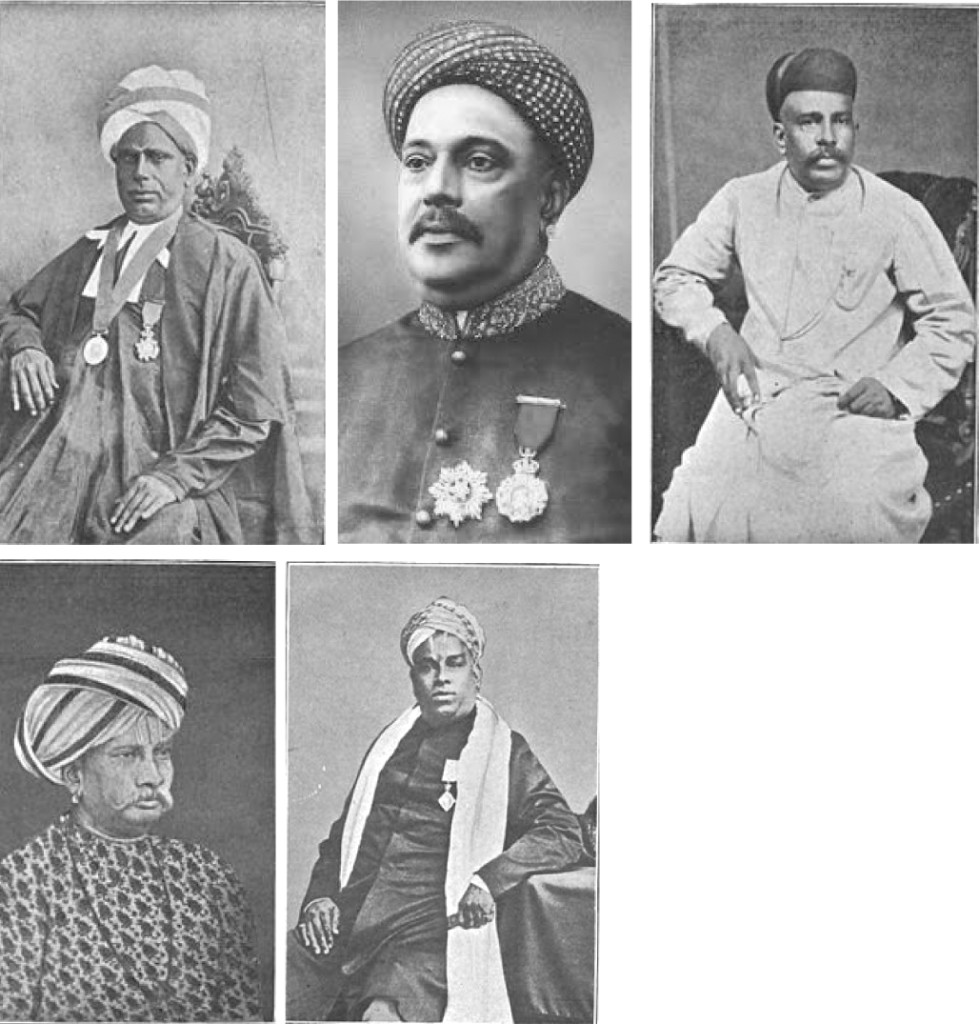Registered with the Registrar of Newspapers for India under R.N.I 53640/91
Vol. XXVIII No. 8, August 1-15, 2018
A dozen portrayed

The book featured here, Rep-resentative Men of Southern India by Govinda Parameswaran Pillai (1896), is a compilation of brief sketches of eminent personalities of the 19th Century from the region.
Born in 1864, G.P. Pillai, as the author was known was a multifaceted personality. Educated at the Maharajah’s College in Trivandrum and the Presidency College in Madras, he qualified as a barrister in England. He was one of the key members of the Indian National Congress in its early years, serving as its secretary in 1894 and 1898. Amongst his achievements as a political activist was the Malayali Memorial, which strove for reservation of qualified persons at par with the numerical strength of the communities. In 1892, he took over as the Editor of the Madras Standard, a paper that had been founded in 1877. He came into close contact with Mahatma Gandhi, who used its pages to write extensively on the grievances of Indians in South Africa. In his autobiography Experiments with Truth, the Mahatma writes warmly about his relationship with G.P. Pillai, who passed away when he was 39.
In the preface to the book, G.P. Pillai laments that “while the biographies of several eminent men of Bengal and Bombay have been published, India knows little or nothing of the greatest men of South India.” In an attempt to set this right, he started a column titled ‘Our Portrait Gallery’ in the Madras Standard which contained brief biographical sketches of eminent Indians. This book is a collection of twelve of these sketches. While the book profiles some of those whose lives have been well documented, such as Sir T. Madhava Row and Sir T. Muthuswamy Iyer, it also profiles people such as Sir Savalai Ramaswamy Mudaliar, Rao Bahadur T. Gopala Row, Gazulu Lakshminarasu Chetty (MM, February 15th, 2011) and V. Ramiengar, whose achievements and contributions have been long forgotten.
Born in 1832, Sir T. Muthuswamy Iyer’s humble beginnings were no indicator of the fame and distinction he would achieve as a jurist. Compelled to work at an early age due to his family circumstances, Muthuswamy Iyer completed his studies thanks to the benevolence of his employer, the village Tahsildar. Joining government service, he held several positions such as Deputy Collector and Magistrate of Arcot and, later, Tanjore. Remarkably, he appeared for his BL Examinations during his time as a Magistrate and acquired a First Class. In 1878, he became the first Indian to become a Judge of the Madras High Court.
If Muthuswamy Iyer’s rags to riches story is remarkable, no less inspiring is the profile of Rao Bahadur Thandalam Gopala Row. Born in a Tanjore Marathi family, Gopala Row had little by way of formal education. Having learnt Marathi and Sanskrit from his father, he joined the Education Department as a First Assistant in the Provincial School at Kumbakonam. He graduated with a B.A. Degree in 1859 with a First Class. He was placed in sole charge of the Kumbakonam College between 1872 and 1874, where he became renowned as a Maths and English scholar but was never appointed its Principal. In 1878, he was transferred to the Presidency College, where he spent the last years of his life. He passed away in 1886. Rich tributes were paid by eminent personalities such as Rev Dr. Miller, who wrote that “few of the educated sons of Southern India held so high a place in the regard of the Natives and English equally.”
Dewan V Ramiengar, a member of the renowned Vembakkam clan, was a distinguished civil servant, serving the Government in various capacities during his career. He was the first Indian to serve as an official member of the Madras Legislative Council. On retiring from the service in 1880, he was appointed as Dewan of Travancore, where he is credited with having brought about several educational and revenue reforms and revamping the judicial system in the State.
G.P. Pillai brought out another book titled Representative Indians the next year, comprising the sketches of 40 personalities from across the country. It was published in London, with a preface by Sir Richard Temple. The Madras Standard got a new lease of life in 1914, when it was bought over by Annie Besant, who renamed it New India.

